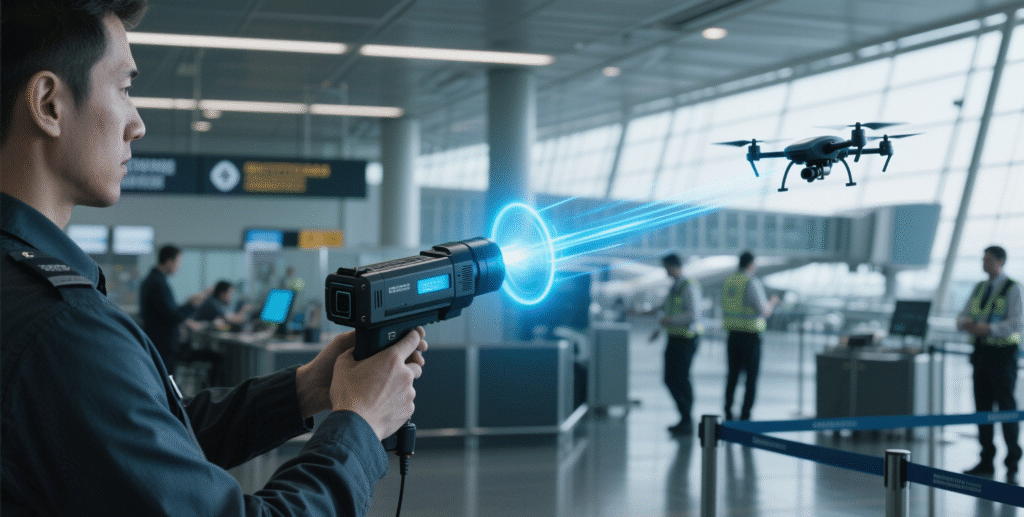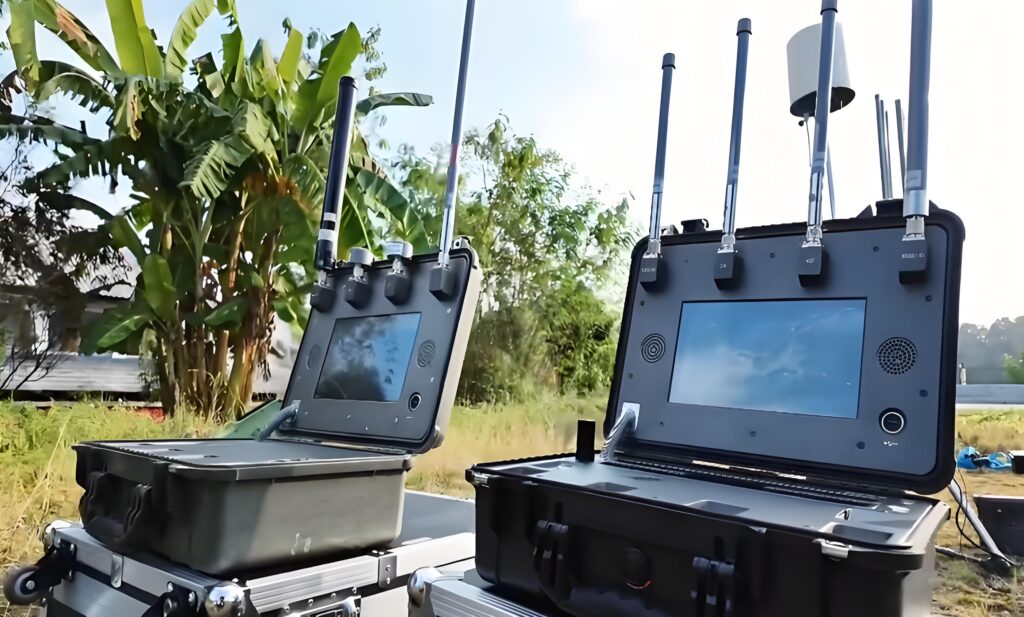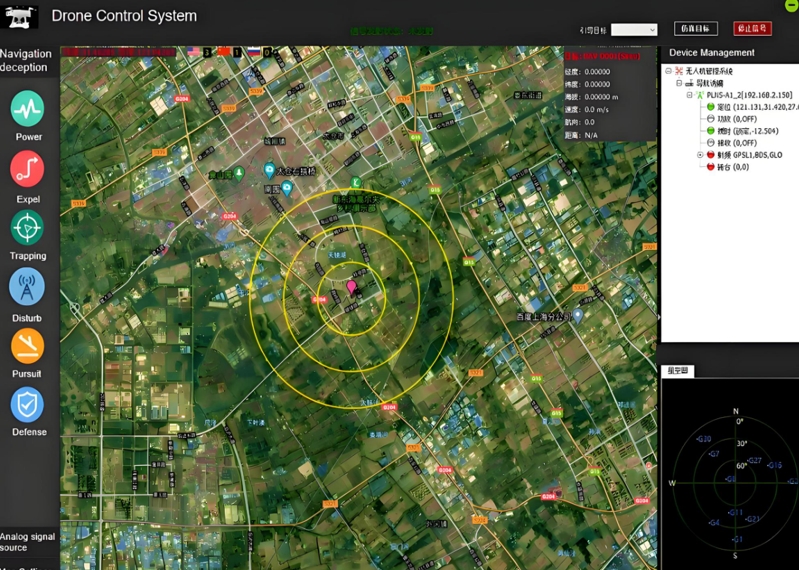
Welcome! Unlock Your First Offer Here

Welcome! Unlock Your First Offer Here

Welcome! Unlock Your First Offer Here
China's top anti-drone jammer manufacturer

In recent years, unmanned aerial vehicles (UAVs), commonly known as drones, have rapidly expanded in both commercial and recreational use. However, this growth has also introduced new threats, including illegal surveillance, smuggling, and interference with air traffic. To address these risks, drone jammers have become one of the most effective counter-drone solutions in the global security field.

Drone jammers are devices designed to interfere with the communication and navigation systems of drones. By disrupting these signals, drone jammers can force a drone to hover, return to its starting point, or land. This article explains how drone jammers work, the different types available, their usage scenarios, and the latest technological developments and challenges in the field.
Drone jammers operate through various interference mechanisms aimed at disrupting the core control functions of drones. These mechanisms can be classified into three main types:

Communication Link Interference
Drone controllers typically operate on ISM frequency bands like 2.4GHz and 5.8GHz. Jammers emit strong signals at these frequencies to overwhelm the control commands sent from the operator to the drone. This causes packet loss, delays, or command confusion, leading the drone to lose control and activate built-in emergency responses such as hovering, returning, or landing. This interference is achieved by power suppression or signal modulation, which undermines the integrity of data transmission.
Navigation Signal Interference
Drones depend heavily on global satellite navigation systems like GPS, GLONASS, Beidou, or Galileo. Navigation interference can be of two kinds: suppression and deception. Suppression jamming works by transmitting white noise in the same frequency bands, covering the real satellite signals and causing positioning failure. Deceptive jamming, on the other hand, involves sending fake satellite signals that transmit incorrect coordinates, misleading the drone into flying off-course or losing stability.
Command Deception Control
More advanced jamming systems are capable of parsing the communication protocols of specific drones. These devices simulate legitimate remote commands to send false instructions such as emergency landings or sudden course changes. By cracking the encryption or mimicking the handshake protocol, the jammer essentially hijacks the drone. This technique is particularly valuable in military or critical infrastructure defense scenarios where precise interception is required.
Drone jammers come in various formats, each suited to specific needs and operating environments. They range from compact handheld models to large, fixed or vehicle-mounted systems. Below are the three most common types:

Portable Jamming Devices
These are miniaturized tools that often resemble walkie-talkies or radar guns. Their jamming radius typically ranges from 200 to 800 meters. Due to their size and ease of operation, they are ideal for single-operator missions or temporary deployment. Common applications include event security at sports venues, concerts, and the protection of private or sensitive research areas.
Fixed or Vehicle-Mounted Jamming Systems
These systems are equipped with integrated multi-band jamming modules that cover both communication and navigation signals. Their jamming range can extend from 1 to 10 kilometers, depending on the configuration. These systems can be permanently installed on rooftops or mounted on moving platforms such as armored vehicles. They are commonly used for airport protection, border security, and perimeter defense of military bases or industrial areas.
Intelligent Integrated Countermeasure Systems
These advanced systems combine radar detection, optical tracking, signal recognition, and jamming modules into one comprehensive setup. Supported by AI algorithms, they can distinguish between civilian and hostile drones and initiate the appropriate response automatically. Some systems also enable multi-device linkage, forming a regional jamming network. These setups are best suited for government agencies, large-scale events, and critical infrastructure defense where the threat level is high or unpredictable.
Drone jammers are applied in multiple fields, from national defense to civilian protection. They are increasingly being used by governments, private companies, and public safety organizations.

Public Safety and Aviation Security
In and around airports and waterways, drone jammers help prevent unauthorized UAVs from entering restricted airspace, which could cause flight delays or accidents. Sensitive sites like military bases, nuclear plants, and government facilities use jammers to avoid drone-based espionage or payload delivery.
Privacy and Commercial Security
In private areas such as residential zones, hospitals, or luxury resorts, jammers help prevent unauthorized aerial surveillance or snooping. Commercial entities like R&D centers and data facilities deploy jammers to prevent theft of trade secrets or disruption of daily operations.
Military and Emergency Operations
On battlefields, jammers play a critical role in countering enemy reconnaissance or kamikaze drones. During natural disasters, they help manage aerial traffic by keeping unauthorized drones away from rescue helicopters and communication equipment.
As drone technologies evolve, so must counter-drone systems. Modern UAV jammers are becoming more targeted, automated, and intelligent. However, they face increasing challenges.

Technological Evolution Directions
Global Challenges
Drone jammers have become indispensable in maintaining airspace security. From preventing unauthorized aerial activities to defending critical infrastructure, they continue to evolve in capability and scope. While challenges remain in regulation, drone sophistication, and system integration, ongoing technological innovation is pushing the boundaries of what drone jamming systems can achieve.